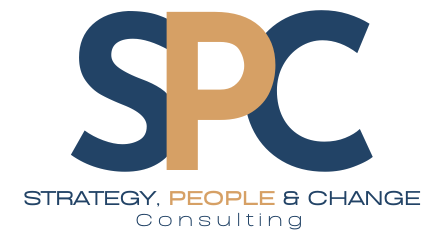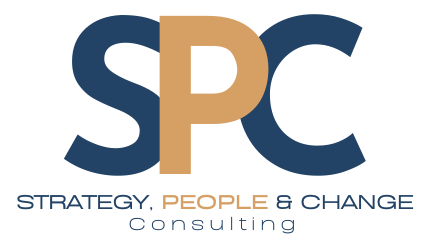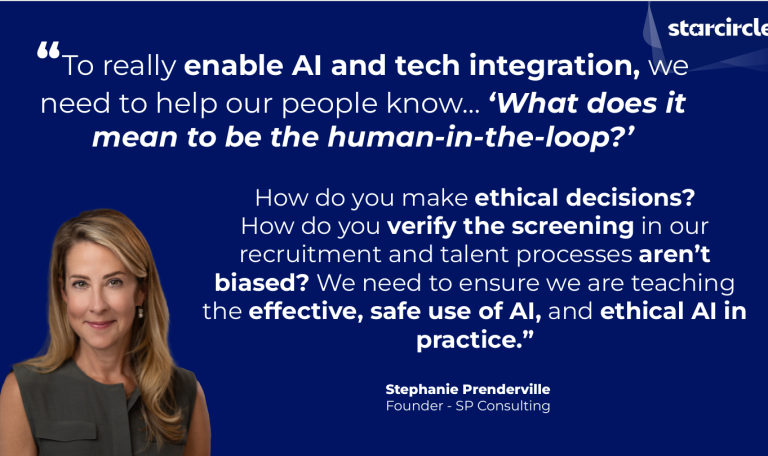I’m fresh off a video call with an AI advisor in Australia, recently introduced to me through my growing global network. We were discussing the big question on everyone’s mind: How do we cost-effectively put AI to work in our businesses? I love conversations like these that give me new insights into practical, low-risk, high-return use cases to get organisations started. (Thanks, David Hodgson and @David Burns.)
I’ve been advocating for a year that AI’s current capabilities are best harnessed by a people-and-tech approach rather than a tech-driven one. Tech transformations have long struggled with issues such as limited capacity to manage large-scale changes and a lack of capability to use new tools. Too often, these efforts are thwarted by a company culture that resists change because people are too busy or too set in their ways to embrace new habits.
Many companies are rushing to automate processes with AI, believing it’s the best way to streamline operations. And yes, AI can deliver impressive results—there are plenty of well-known success stories from companies like Coca-Cola, Amazon, and Netflix.
But here’s what’s often overlooked: Do you need to change your underlying technology, or would it be more impactful to train your people to better use what you already have?
Consider this: Many organisations have already invested heavily in digital upgrades over the past few years, from new software systems and customised apps to cloud migrations. Jumping into the next big AI investment too quickly could make those recent investments redundant, especially when AI is still evolving so rapidly. Before making that leap, consider using AI to analyse how your employees are interacting with their current tools. AI can uncover underused functionality and highlight where role-specific, individualised training could make a bigger impact.
Ask yourself: If we invest in new AI-driven technology now, how soon will it become outdated? Alternatively, could a better investment be in empowering your team to use existing tech more effectively through targeted, bite-sized training?
On the flip side, some organisations worry they can’t take advantage of AI without overhauling their entire tech infrastructure. But AI can often be integrated without a full systems upgrade—starting small with targeted AI applications, like AskHR chatbots, can still deliver significant value without massive upfront investments.
At the end of the day, this decision isn’t just about tech—it’s about people-and-tech. Many organisations struggle with change, especially when it involves new technology. So you’ll also want to consider your company culture. Is your workforce better equipped to handle tech upgrades or enhanced training? Which option aligns with your people’s capacity and will deliver the best results?
At the end of the day, the right path depends on your organisation’s unique needs. If you’d like guidance on how to make this decision, and how to align your people strategy with your business goals, I’d be happy to help. With over 25 years of experience in developing People Strategies that drive scale and transform cultures, I am helping HRDs and the C Suite cut through the noise and focus on what really matters— understanding if and how AI can address your organisation’s unique challenges and drive meaningful results.
Feel free to reach out to discuss how I can help you navigate these challenges and create a people-first strategy built to last.
#AIInnovation, #FutureOfWork, #TechAndPeople, #AIinBusiness, #PeopleStrategy





